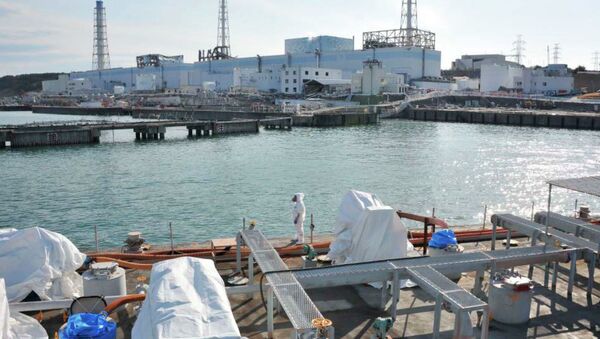TOKYO, November 7 (RIA Novosti) — A nuclear power plant is set to become the first to resume operations in Japan since the 2011 Fukushima disaster as the local parliament of the Kagoshima prefecture approved Friday to restart the Sendai plant's first and second reactors.
“I decided that the restart of the two reactors could not be avoided,” Kagoshima Governor Yuichiro Ito said at a news conference Friday afternoon, as quoted by the Japan Times.
In a tense Kagoshima prefectural assembly meeting, the majority of local parliamentarians voted in favor of restarting two reactors at the Sendai nuclear power plant, claiming that high energy prices are negatively impacting the region's economy. Meanwhile, opponents insisted that the economic benefits fail to justify the risks related to the use of nuclear energy.
In late October, authorities in the city of Satsumasendai, where the Sendai plant is located, approved the restart of the reactors as well. The plant has also obtained safety clearances from Japan's nuclear watchdog. The two reactors are expected to resume their work in 2015.
Japan's 48 commercial nuclear reactors were shut down following the Fukushima disaster and may only resume their work if they manage to meet new and stricter safety standards introduced in July 2013. Some 20 reactors are currently being tested to see if they comply with the new regulations.
The largest nuclear incident since the Chernobyl disaster of 1986 took place in Japan in 2011. The accident occurred when the Fukushima Daiichi nuclear plant was hit by a 14-meter (46-foot) tsunami, triggered by a 9.0 magnitude earthquake.
The tsunami caused a meltdown of several of the plant's reactors and a leak of radioactive materials, forcing some 140,000 people to flee the area, many of whom have been unable to return to their homes.


